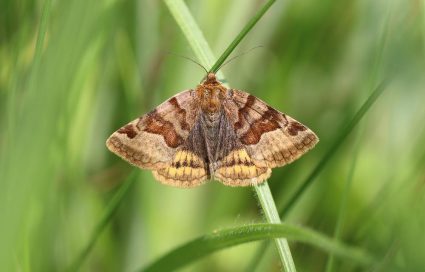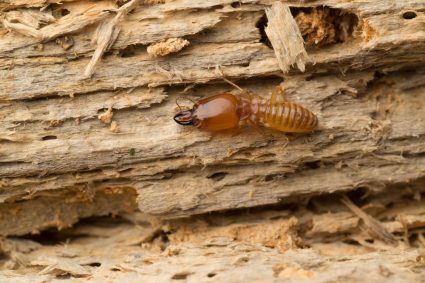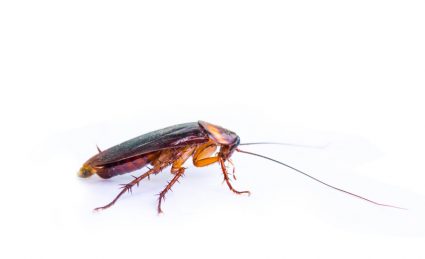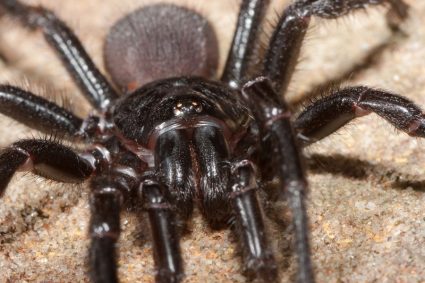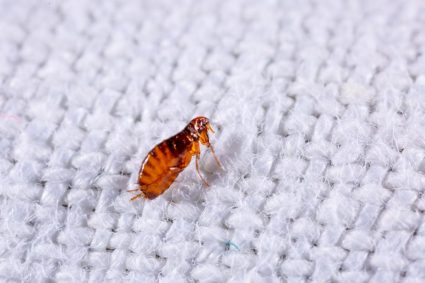
Cockroaches are one of the most common household pests worldwide, causing distress and discomfort to many homeowners. Have you ever wondered why roaches come out in the dark? This comprehensive guide dives into the reasons behind roaches’ nocturnal behavior and how understanding this can aid in effective pest control.
Roaches come out in the dark primarily because they are nocturnal creatures, meaning they are most active during nighttime hours. This behavior is regulated by their circadian rhythms and helps them avoid predators, as they can forage for food and water in low-light environments. They are also photophobic, meaning they are sensitive to light, and have evolved to see in near-darkness, making the dark a favorable environment for them.
Cockroaches: Nocturnal Creatures
Cockroaches are primarily nocturnal creatures, meaning they are most active during nighttime hours. Their nocturnal behavior is regulated by a chemical called the Pigment Dispersing Factor (PDF), which controls their circadian rhythms – a biological process that recurs naturally in a 24-hour cycle without external influences. These night crawlers usually become active around four hours after the lights go out, and they rest during the day. This nocturnal behavior helps them avoid predators and allows roaches to forage for food and water in low-light environments.
Roaches and Darkness
Roaches have evolved to forage for food and water in low-light environments, as these conditions help them avoid predators. They are also photophobic, meaning they are sensitive to light. Their vision is highly sensitive, allowing them to see in near-darkness due to the many light-sensing cells in their eyes that pool a tiny number of light signals over space and time. This nocturnal behavior is a survival strategy that minimizes risks from predators and environmental factors while increasing their chances of finding food and mates.
The Dark Attraction
Cockroaches are attracted to come out in the dark primarily because they are nocturnal insects. They prefer dark and moist environments to live in. Roaches are more active during the hours before midnight and usually rest during the day, avoiding sunlight and other sources of light. This is why they tend to scurry for cover when you turn on the lights. Their nocturnal nature also helps them avoid predators, increasing their chances of completing their life cycle.
The Impact of Darkness on Roaches’ Behavior
During the day, cockroaches tend to rest and hide in dark, damp areas of a home, such as near plumbing fixtures, in cabinets, and under furniture. They avoid sunlight and prefer to stay hidden during daylight hours. When they come out at night, they are often on the hunt for food, which can include a wide range of items, from crumbs in the kitchen to the glue on stamps in a drawer.
The Survival Advantages
Roaches being active in the dark provides them with several survival advantages. Being nocturnal creatures, roaches face fewer threats from predators and environmental factors during the night. They can carry out their activities more efficiently in the absence of daylight, as they are less likely to encounter humans. Roaches have advanced night vision and light-sensitive organs, which makes it easier for them to explore and locate food in the dark.
Pest Control Strategies
Understanding roaches’ nocturnal behaviors can significantly help in developing effective pest control strategies. Since cockroaches are primarily nocturnal creatures, they forage for food at night and hide in dark, cozy areas during the day. These hiding spots can include spaces behind appliances, inside cabinets, cracks, crevices, and cluttered areas. By knowing their nocturnal habits, pest control professionals can target these hiding spots and eliminate roaches from their safe havens.
Common Misconceptions
Contrary to popular belief, roaches can invade clean homes if there are entry points available. They can also be active during the day if food sources are limited or if their population is large. Although most cockroach species are nocturnal, they may travel during the day if there are enough areas that provide darkness and cover. While rats and mice are responsible for some deadly outbreaks, cockroaches can also carry and spread various diseases, allergens, and bacteria.
In conclusion, the nocturnal behavior of roaches is a fascinating aspect of their biology that is intricately linked to their survival and feeding habits. Understanding this behavior can be key to controlling infestations and preventing future ones.
Frequently Asked Questions
What types of food do roaches eat?
Cockroaches are omnivorous and can consume a wide variety of foods. They are known to eat anything from crumbs, food leftovers, paper, glue, fabric, leather, to pet food. They can also survive on water for up to a month.
Are all species of cockroaches nocturnal?
While most species of cockroaches are nocturnal, there are a few exceptions. Some species of roaches are known to be active during both day and night, especially if disturbed or if there is a food source available.
How can I prevent a roach infestation in my home?
To prevent a roach infestation, maintain good sanitation in your home. Regularly clean your house, especially the kitchen and bathroom areas. Avoid leaving food out in the open and store it in airtight containers. Seal any cracks, crevices, or openings through which roaches can enter your home. Regular pest control services can also help in preventing an infestation.
Can roaches see in complete darkness?
Roaches have highly developed eyes that contain many photoreceptor cells, allowing them to see in low-light conditions. However, they cannot see in complete darkness. They rely on their antennae to navigate when there is no light.
What diseases can roaches spread?
Cockroaches are known carriers of various diseases and can spread pathogens such as E. coli and Salmonella. They can also trigger allergies and asthma attacks, especially in children and people with respiratory issues.

